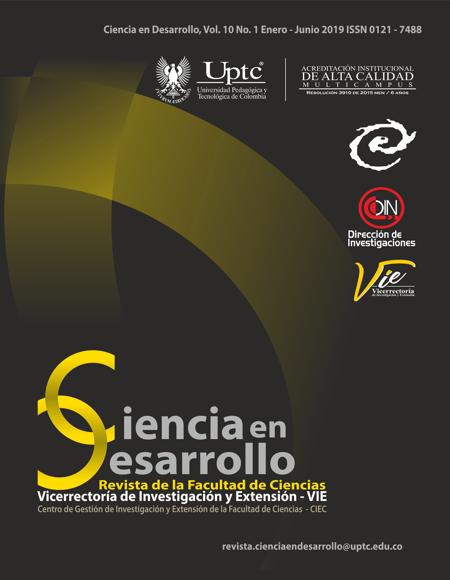Evolution of quantum correlations of two qubits in a cavity with biphotonic dissipation

Abstract
In this work we study the evolution of quantum correlations in a Tavis-Cummings model that consists of two qubits and a single quantized mode of the electromagnetic field. The processes of emission / absorption of a single photon and of two correlated photons are considered for each of the qubits. The model is studied taking into account unifotonic and biphotonic dissipations, through a cavity that interacts with a thermal reservoir. The numerical solution of a Lindblad master equation allows us to make a description of the evolution of quantum correlations, quantum entanglement and quantum discord, as a function of time for an atomic state type superposition. It is shown that the different results of the quantum correlations present qualitatively different behaviors in their evolution.
Keywords
Quantum correlations, Tavis - Cummings model, Lindblad master equation, unifotonic dissipation, biphotonic dissipation
References
[1] M. Hernández, Coherence and entanglement in a two-qubit system. PhD tesis, Pontificia Universidad Católica de Chile, 2009.
[2] A. Einstein, B. Podolosky y N. Rosen, “Can Quantum-Mechanical Description of Physical Reality Be Considered Complete?”, Physical Review A, no. 47, 1935.
[3] J. S. Bell, “On the Einstein-Podolsky-Rosen paradox”, Physics 1, 195-200, 1964.
[4] H. Ollivier and W. H. Zurek, “Quantum discord: a measure of the quantumness of correlations”, Physical review letters, vol. 88, no. 1, 2001.
[5] M. A. Nielsen y I. L. Chuang, Quantum Computation and Quantum Information, Cambridge University Press, Cambridge, 2000.
[6] Y. Zhang, X. Zou, Y. Xia y G. Guo, “Quantum discord dynamics in the presence of initial system cavity correlations”, Journal of Physics B: Atomic, Molecular and Optical Physics, vol. 44, 2011.
[7] E. K. Bashkirov y M. S. Rusakovan, “Entanglement for two-atom Tavis-Cummings model with degenerate two-photon transitions in the presence of the Stark shift”, Optik - International Journal for Light and Electron Optics, vol. 123, no. 19, 1694 - 1699, 2012.
[8] C. Shan, W. Cheng, T. K. Liu, D. Guo y Y. Xia, “Entanglement Dynamics and Bell Violations of Two Atoms in Tavis-Cummings Model with Phase Decoherence”, Communication in Theorical Physics, vol. 49, 1505 - 1514, 2008.
[9] W. Wootters,“Entanglement of Formation of an Arbitrary State of Two Qubits”, Physical Review Letters, vol. 80, no. 10, 1998.
[10] S. Luo, “Quantum discord for two-qubit systems”, Physical Review A, vol. 77, 2008.
[11] H. J. Carmichael, “Statistical Methods in Quantum Optics 1: Master Equation and Fokker-Planck Equations”, Springer, New York, 1999.
[12] M. O. Scully y M.S. Zubairy, “Quantum Optics”, Cambridge University Press, 2001.
[13] J. R. Johansson, P. D. Nation, F. Nori, “QuTiP 2: A Python framework for the dynamics of open quantum systems”, Communication in Theorical Physics, vol. 183, no. 1760, 2012.
[14] K. Zyczkowski, P. Horodecki, M. Horodecki y R. Horodecki, “Dynamics of quantum entanglement”, Physical Review A, vol. 65, 2001.